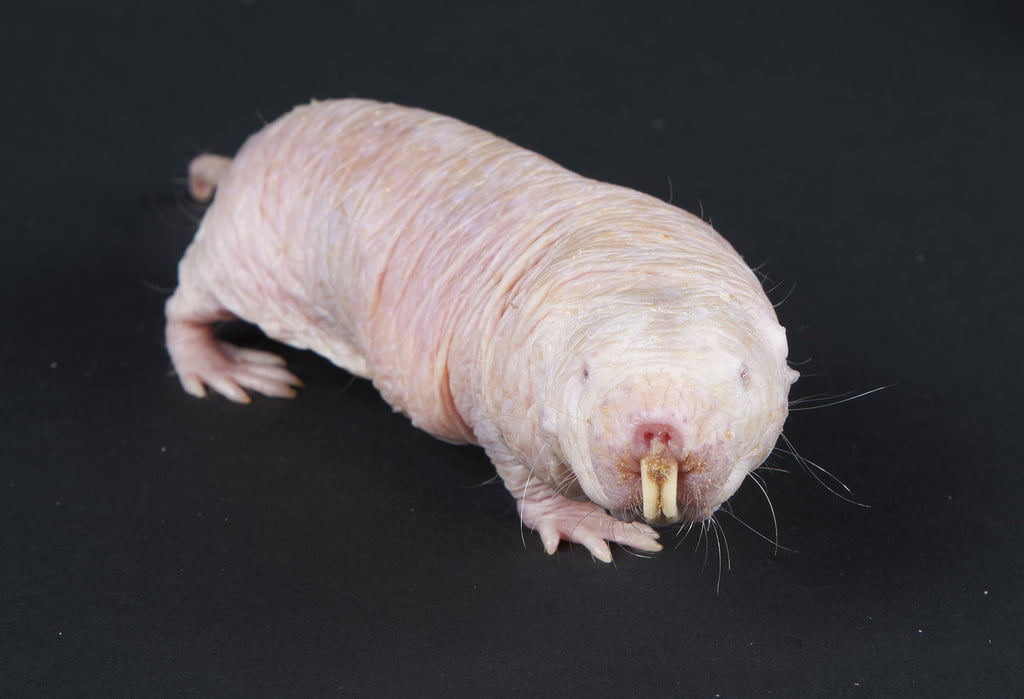We’ve told you before about the exceptionally long life expectancy of the naked mole rat, but now it seems that researchers have deciphered another of the unique rodent’s phenomenal traits – resistance to cancer. Alongside the naked mole rat’s 30-year life expectancy (up to 10 times higher than other rodents) so far, not a single incident of cancer has been detected in the species.
Related articles
- Breakthrough Stem Cell Treatment Reduces Bone Healing Time By 75 Percent
- Researchers Stumble Upon The Heart’s Self-Healing Ability
Recently, a team of researchers from the University of Rochester in New York and the University of Haifa found the naked mole rat’s unique mechanism to staying cancer free: A super sugar called high-molecular-mass Hyaluronan (HMM-HA). They discovered that when secreted from the naked mole rat’s cells, HMM-HA prevents cells from overcrowding and forming tumors.
“Contact inhibition, a powerful anticancer mechanism, discovered by the Rochester team, arresting cell growth when cells come into contact with each other, is lost in cancer cells,” explains Professor Eviatar Nevo, of the Institute of Evolution at the University. “The experiments showed that when HMM-HA was removed from naked mole rat cells, they became susceptible to tumors and lost their contact inhibition.”
A subterranean trait
HMM-HA is a form of Hyaluronan, a long sugar polymer, naturally present as a lubricant in the extracellular matrix of the human body. It is commonly used in the treatment of arthritis or in anti-wrinkle skin care products. According to the current results, the naked mole rat cells secrete extremely high-molecular mass HA, which is over five times larger than human or mouse HA.
Remarkably, Nevo explains: “The cells of the Israeli solitary blind mole rat, Spalax, which is phylogenetically closer to mice and rats than to naked mole rats, also secreted HMM-HA. This highlights a parallel evolution in unrelated subterranean mammals, presumably a shared adaptation to life underground”.
The researchers speculate that naked mole rats evolved higher concentrations of HA in the skin to provide the skin elasticity needed for life in underground tunnels. So far, experiments in human cells have been very limited. However, there has been some evidence showing there is reason for hope. In one of their experiments, the researchers noticed that when the naked mole rat ‘s HAS2 synthesis protein (which is in charge of producing HMM-HA) was overexpressed in human cell tissues, the cells began secreting HMM-HA.
This opens new avenues for cancer prevention and life extension in human medicine.
Photo: Smithsonian’s National Zoo
Related posts

Israeli Medical Technologies That Could Change The World

Harnessing Our Own Bodies For Side Effect-Free Weight Loss

Missing Protein Could Unlock Treatment For Aggressive Lung Cancer




Facebook comments